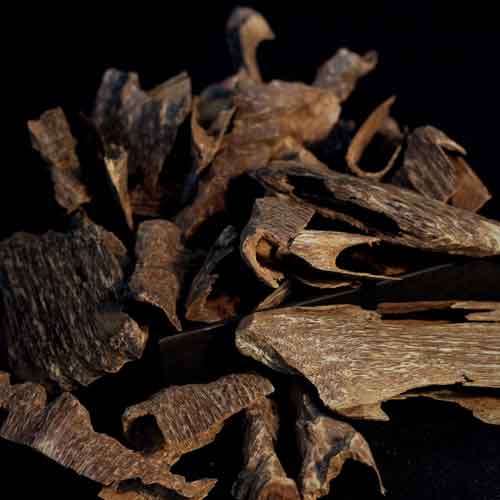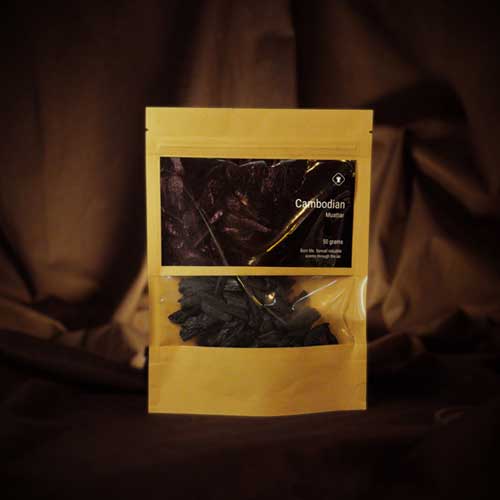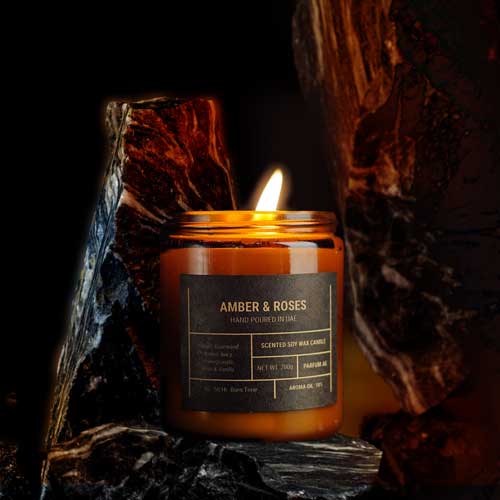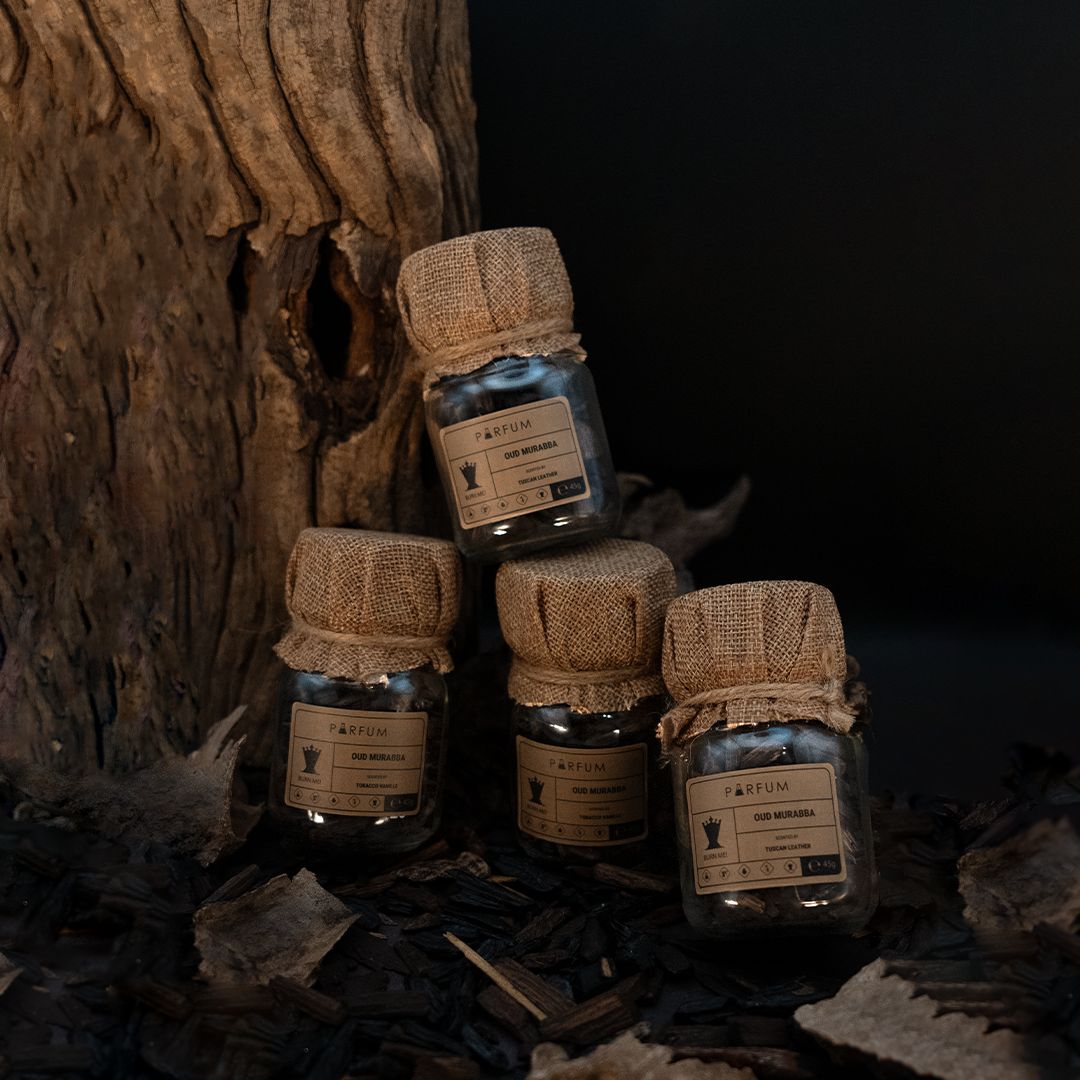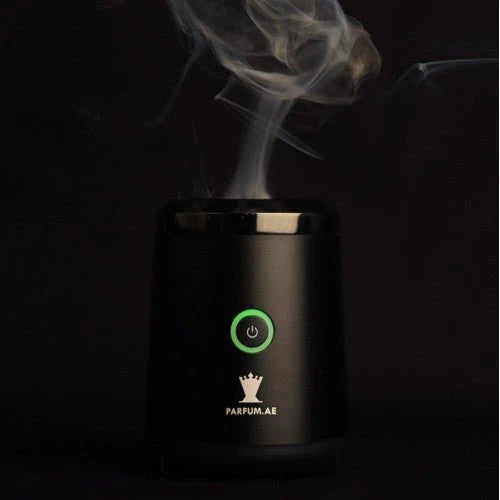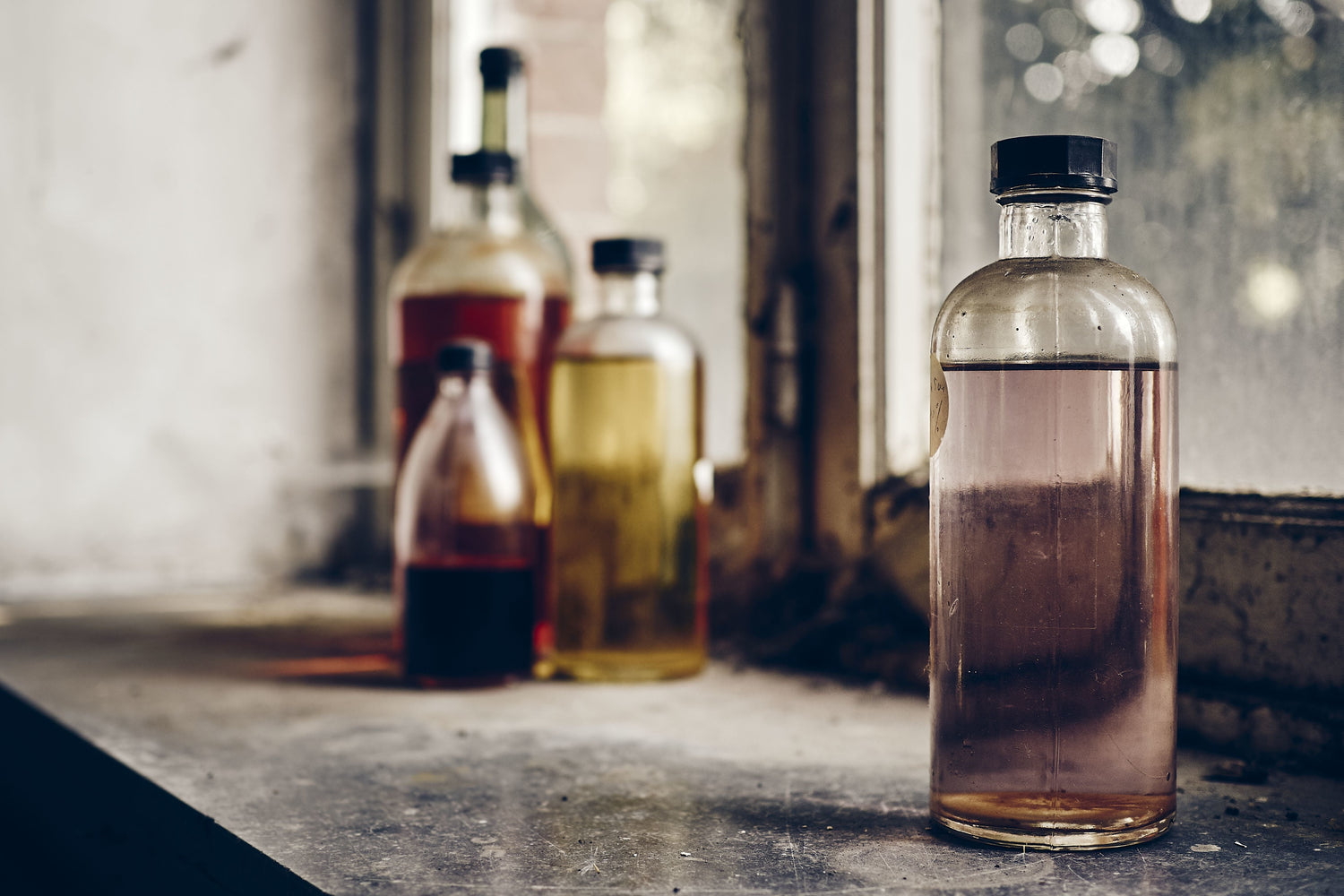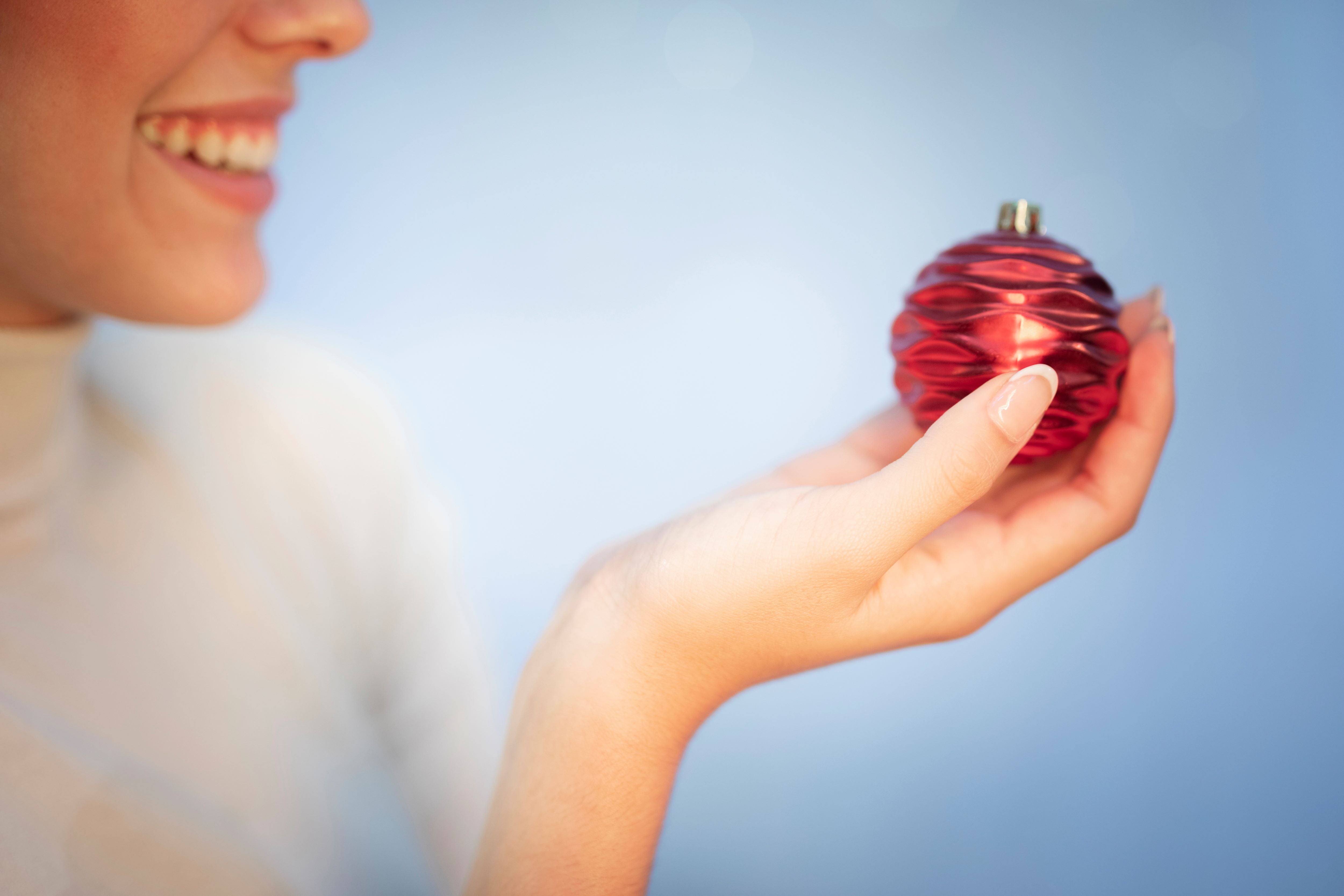Perfume has been an essential part of human culture for thousands of years, and just as fragrances have evolved, so too has their packaging. From humble clay jars to elaborate glass bottles, the evolution of perfume bottles is a fascinating timeline that reflects technological advancements, artistic trends, and even societal values.
In this article, we’ll walk you through the history of perfume bottles and uncover how packaging evolution has shaped the industry we know today.
Ancient Beginnings: Perfume Bottles as Symbols of Status and Ritual
The history of perfume bottles begins in ancient Mesopotamia and Egypt, where perfumes were considered precious commodities. Back then, fragrances were often used for religious rituals, embalming practices, and personal adornment.
- Materials Used: Early perfume containers were crafted from materials like clay, alabaster, and stone. These were not just practical vessels but symbols of status and wealth.
- Designs and Shapes: Egyptian artisans were particularly skilled, creating intricate designs often inspired by nature, such as animals and plants.
An excellent example of this is the unguent jars found in King Tutankhamun’s tomb, showcasing how perfume bottles doubled as works of art in ancient cultures.

The Classical Era: Glass Enters the Scene
With the rise of the Roman Empire, glassmaking became more advanced, and glass bottles started to replace earlier clay and stone containers. This marked a significant milestone in the evolution of perfume bottles.
- Innovation: Roman artisans introduced techniques like glassblowing, which allowed for the creation of more intricate and lightweight bottles.
- Aesthetic Appeal: Perfume packaging became more about beauty and less about functionality. The bottles were designed to catch the eye, often colored or decorated with ornate patterns.
The Middle Ages: Fragrance Meets Functionality
During the Middle Ages, the use of perfumes became more widespread, particularly among the European aristocracy. However, perfume packaging was still relatively simple compared to what we see today.
- Portable Solutions: Small vials and pomanders (scented balls carried on the body) were popular during this era. These portable designs reflected the practicality of the time.
- Symbolism: Perfumes were often stored in containers engraved with religious or royal symbols, blending utility with spirituality.
For a touch of elegance in your own fragrance collection, explore the wide range of luxury perfumes available from renowned brands.
The Renaissance and Baroque Periods: Perfume Bottles as Art
As Europe entered the Renaissance and Baroque periods, perfume bottles began to take on more elaborate forms. This era saw the blending of functionality with artistry, driven by advancements in glassmaking and a growing appreciation for fine craftsmanship.
- Venetian Glass: The Venetians, renowned for their exquisite glasswork, produced some of the most beautiful perfume bottles of the time.
- Ornamentation: Gold accents, enamel detailing, and even gemstones were added to bottles, making them luxurious collectibles.
This shift reflected a broader evolution of fragrance design, where the packaging became just as important as the scent itself.
The 19th and 20th Centuries: Industrialization and Iconic Designs
With the industrial revolution came mass production, which changed the perfume packaging history forever. For the first time, perfumes became accessible to a wider audience.
- Standardization: Bottles were produced in larger quantities, but designers still focused on creating distinctive looks to help brands stand out.
- Art Nouveau and Art Deco: These artistic movements inspired perfume packaging during the late 19th and early 20th centuries. Iconic brands like Guerlain and Chanel introduced timeless designs that remain influential today.
- Signature Bottles: By the mid-20th century, designers like René Lalique collaborated with fragrance houses to create unique bottles that became as iconic as the perfumes themselves.
For example, think of the sleek, minimalist bottle of Chanel No. 5—a design that has endured for nearly a century.

The Modern Era: Innovation and Sustainability
Today, perfume packaging is at the forefront of both innovation and environmental consciousness. Brands are finding ways to balance aesthetics with sustainability, ensuring that the evolution of perfume bottles continues to meet modern needs.
- Eco-Friendly Materials: Many brands are now using recycled glass, biodegradable packaging, and refillable bottles to reduce their environmental impact.
- Smart Packaging: With technology playing a bigger role, we’re seeing innovations like smart bottles that can sync with apps to track usage.
- Artistic Freedom: Designers have more freedom than ever, resulting in creative shapes, textures, and even limited-edition designs that are true collector’s items.
If you’re looking to embrace the latest trends in both fragrance and packaging, explore the modern offerings at Parfum.ae.
Final Thoughts
The evolution of perfume bottles is a testament to humanity’s creativity and ingenuity. From ancient clay jars to today’s cutting-edge designs, each era has left its mark on the history timeline.
What’s most exciting is that this journey is far from over. With sustainability and innovation leading the way, the future of perfume packaging evolution promises to be as captivating as its past.

